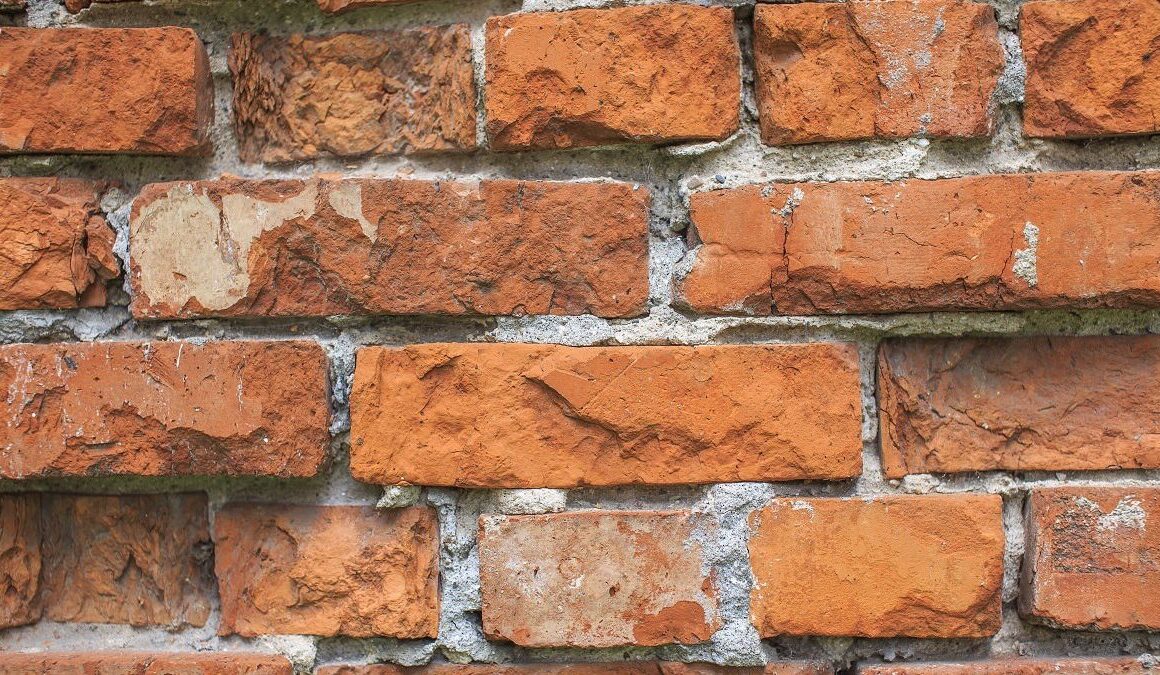Recycling Mystery: Brick – Earth911
The Three Little Pigs will be the first to tell you that brick is a reliable building material, used to create everything from walls to chimneys to firepits. But what do you do with leftover brick after the job is done, or with any chipped or cracked bricks that you end up replacing? Is brick recycling an option?
Brick can be recycled along with construction and demolition (C&D) waste, which includes other building products like carpet, concrete, drywall, shingles, and wood. But for consumers looking to dispose of only a few bricks, reuse is probably the more viable option.
What Is Brick?
One of the important factors when determining the recycling market for a material is to identify how it’s made. Bricks can be made from a wide variety of materials, ranging from mud to concrete, but the traditional red bricks that are pictured above were likely made from a mixture of sand, clay, lime, iron oxide, and magnesia that was cooked in a kiln and bonded with mortar. Sand is the primary ingredient in another product we recycle every day: glass.
One of the key benefits of building with brick is that it is fire- and water-resistant, making it ideal for withstanding natural disasters on the outside of your house. Unfortunately, the recycling process for most materials involves melting them down (e.g., glass, metal, plastic) or blending them with water (paper), and the melting point of brick is 4,000 degrees Fahrenheit, which complicates the recycling process.
Why Reuse or Recycle Brick?
Construction is a source of a vast amount of waste. The United States generated 600 million tons of construction and demolition waste (including bricks) in 2018, the most recent year for which the U.S. Environmental Protection Agency has data. Construction waste accounted for more than twice the amount of municipal solid waste (292.4 million tons) we generated that same year. Of the 600 million tons of C&D waste we generated, just over 455 million tons of the debris was reused and just under 145 million tons ended up in landfills.
Material like brick is unlikely to break down in a landfill because it is designed for long life and to endure sunlight and heat. Plus, if you live in Massachusetts, California, Vermont, Oregon, and New York City, among other places, it’s against the law to place construction materials, including brick, in landfills, so you’ll need to reuse or recycle them.
Brick Reuse Options

Before you even consider brick recycling, try to reuse them for other purposes. Intact and clean bricks can often be reused in new construction, landscaping, or renovation projects. Reusing bricks preserves the embodied energy used to make them and is the most sustainable disposal method. Here are a few reuse suggestions:
- Build a brick walkway in your garden, or use them as edging to prevent your existing paths from flooding.
- Use them in your yard to hold down tarps or other light materials so they don’t blow away in the wind.
- Put them under your water heater to prevent damage in case of flooding.
- Build your own backyard installations, like benches, firepits and waterfalls.
- Use them as door stops.
Most of these reuse projects won’t require the bricks to be intact or in pristine condition. For newer bricks, another option is to donate them to a Habitat for Humanity ReStore. Each store collects different types of materials, so be sure to call your local ReStore to verify whether they accept bricks.
How Bricks Get Recycled
You can be sure that bricks and other C&D materials won’t be accepted in your curbside recycling program. For you have a small quantity of bricks, a C&D recycler will be less likely to take your bricks — unless you are willing to drop them off. You can use Earth911’s recycling search tool to find a brick recycling location near you.
Many people who have bricks to dispose of will have used a contractor, and C&D recyclers will be more willing to accept materials from businesses in bulk. If you are a contractor, many states maintain a list of C&D recyclers you can use, as does Construction & Demolition Recycling Association.
A recycler has a few options for recycling the brick. It can be crushed into gravel-size pieces and used as ground cover for yards or as a substitute for mulch. Crushed into powder, it can be used on baseball diamonds, running tracks, or tennis courts. In some cases, crushed bricks can even go into making new bricks.
Editor’s Note: Originally published on November 6, 2017, this article was updated in August 2024. Got a question about how to recycle as specific product or type of material? Let us know, and we’ll do the research, sharing the results with the world. You can help support our work, too!


